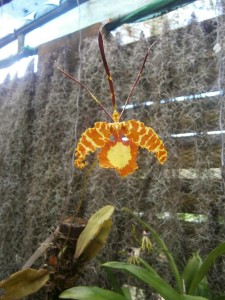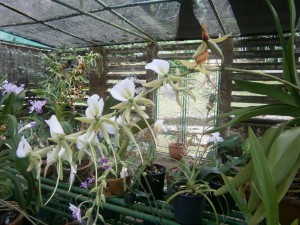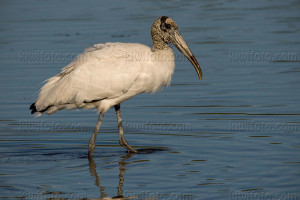Ever since our trip to India a few years ago when we found ourselves in the midst of a huge protected biosphere that was a natural habitat for a mind boggling number of local and migrating birds, we have had a penchant for bird watching. So it was again this trip, as we came to find out that the Castro regime, soon after it took power in 1959, established a string of reserves to protect Cuba’s habitat. Who knew that Castro was an environmentalist?

The crown jewel of Cuba’s conservation program is the region of La Cienega de Zapata, an enormous, 414,000 hectare mangrove area that is home to 65 types of birds, many of them migrating south from North America during the winter cold season.

Our guide is a veteran at his job, expert ornithologist and erudite black man who delights in sharing his ecosystem, both airborne and socio-political, as he makes it his business to share today’s reality in Cuba with us.
Over a two hour period, we see an amazing number and variety of birds, up close, in their natural habitat.Specifically, we see the majestic bright salmon colored flamingos (flamenco roseado), one of the permanent resident of these parts.We learn that the color for these gorgeous water-born dancers comes from their massive consumption of pink shrimp, which is plentiful in the region.The young birds are white, they get gradually darker to a shade of grey when they are teen agers and they turn a bright pink as adults.We were so close we could see the detail of their scratching the ground with their legs and hooking the shrimp with their crooked beaks.
The other most dramatic sighting was of the rare Sigona Cubana, called Wood Stork. This giant bird (measures up to 1.3m or 4 feet) is much larger than the flamingo and has an almost furry appearance.
Other birds we could see at close distance: magnificent frigates, blue herons, grey herons, brown pelicans, Caribean Coot, large black cormorans, black necked stilts and roseate spoonbills.
It’s not all about birds though. The state also has gone some distance to protect its flora, and in fact has an enterprise formed to manage the Island’s fauna and flora. We walked through a huge botanical garden, the Jardin Botanico de Cienfuegos. We were particularly interested in seeing the 25 types of bamboo recorded in the garden. We were not disappointed. There were beautiful specimens of guadua, the species found in Nicaragua. But there were also larger phylistacus (spelling??) bamboos that were huge and had hairy nodes. Peta’s favorite was a two tone tall and slender bamboo that alternated between a greyish teal tone and protective sheaths of light ochre color. It was not a formal garden, but one that invited a casual stroll with a wide range of palm trees with distinctive trunks, shapes and foliage.
Finally, we saw several Orquideros and stopped at one near Las Terrazas, smaller, more formal gardens intended to feature Cuba’s beautiful orchids.






Because the Himalayas, home of the snow, is the most impressive system of mountains on the earth, and for centuries the setting for epic feats of exploration.